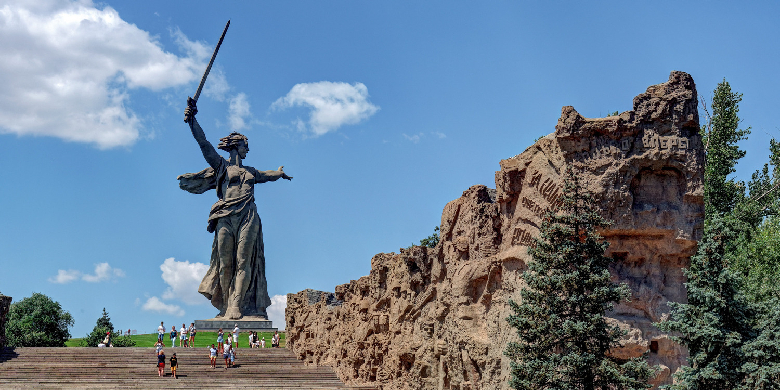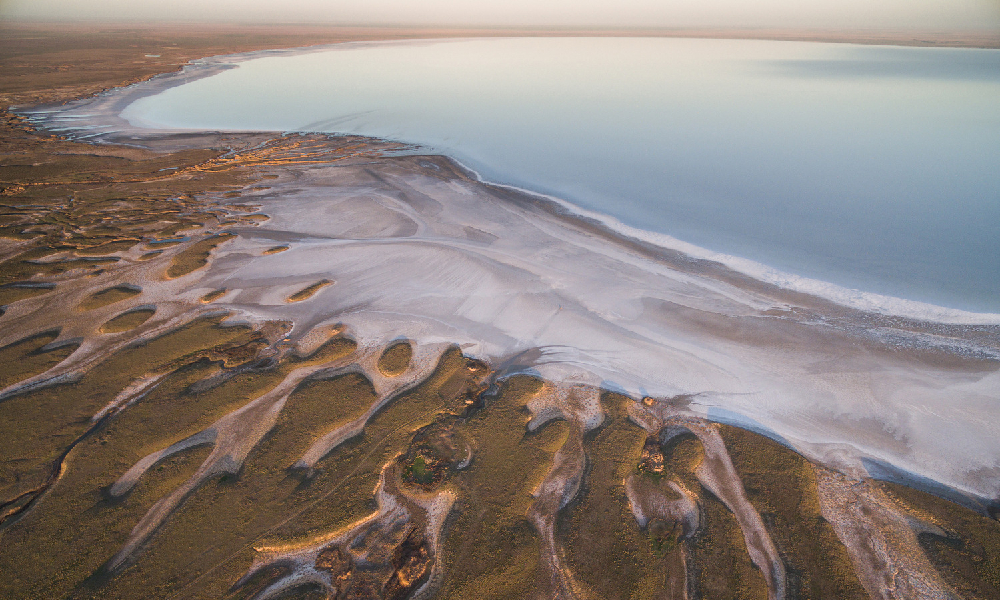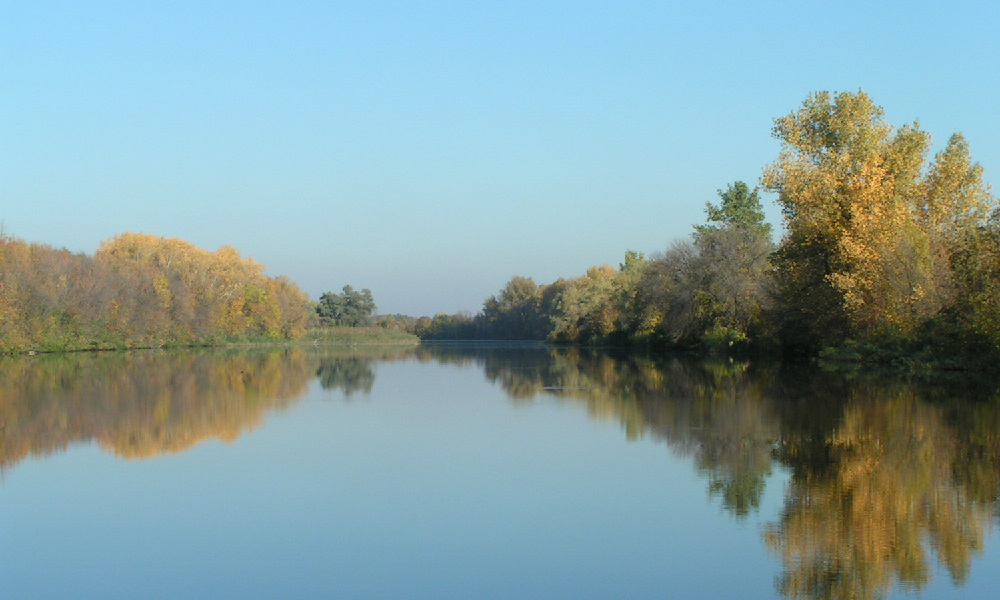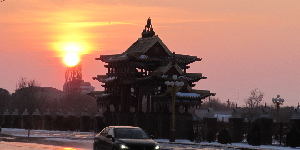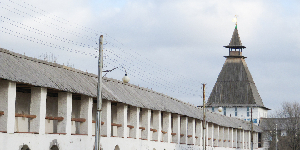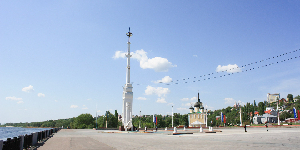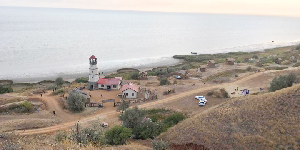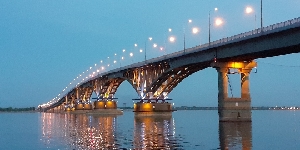Geography. It is located in the southeast of the East European Plain. The territory of the region is divided by the Volga River into two parts: the right bank highland and the left bank lowland (Zavolzhye). It borders the Republic of Kalmykia, the Rostov, Voronezh, Saratov, and Astrakhan Regions. It has a state border with Kazakhstan.
Climate. The climate is arid, with extreme continentality.
Average temperature
- -8 … -12 °C in January
- +23…+ 25 °C in July
Population

The Battle of Stalingrad Panorama Museum
Economy. This is one of the most economically developed regions in Russia, with a balanced economy. Diversified agriculture is combined with diverse industries and oil and gas reserves.
Logistics. The importance of Volgograd for transportation is attributable to advantageous geographical location of the city, which is located in the place of greatest confluence of two major rivers – Volga and Don – and main railway lines.
- Central bus station, Yuzhny bus station
- Volgograd -1 is the central railway station, Volgograd -2 is the second most important station in Volgograd
- Malaya Privolzhskaya railway
- The river boat station is the largest structure of this type in Europe
- Gumrak Airport is an international airport
Tourist attractions
- Mamayev Kurgan is a height in the heart of Volgograd where the Monument Ensemble to the Heroes of the Battle of Stalingrad is located. The ensemble comprises the introductory high relief composition “Memory of Generations,” Square of Those Who Fought to Death, Avenue of Lombardy Poplars, Ruined Walls, the Monumental Relief, Square of Heroes, Square of Grief, Hall of Military Glory, the Military Memorial Cemetery, the Memorial Dendrological Park in the foothills of Mamayev Kurgan and famous monument “The Motherland Calls.”
- Victory Park occupies the upper terrace of the Volga Embankment. This is a historical site where the Nazis were stopped and the Soviet soldiers initiated an attack in the Battle of Stalingrad. By the time of the 2018 FIFA World Cup, the park was transformed into a picturesque promenade area. The center is occupied by a grand staircase that goes down straight to the river. The area at the foot of the staircase is adorned with stylized lamps with the emblems of branches of the armed forces and the Art Fountain. The central avenue will take you from the musical theater to the church of John the Baptist. It has a few lighting modes–day, evening, night. The smaller avenues run in all directions. Every corner is decorated with sculptures, fountains, bowers, and rotunds. The park affords magnificent views of the Volga River.
- The Scherbakovsky Nature Park is also called Volga Switzerland. The territory’s landscape is strikingly diverse: steppes, deserts, forests, cliffs, and water bodies. The flora comprises around 500 species, some of which are listed in the Red Book. The most common animals are beavers, grass snakes, marmots, and deer. Some bird species, such as the imperial eagle and white-tailed eagle, are very rare and need exceptional protection.
The capital is the city of Volgograd, founded in 1589.
Population
Volgograd is the largest city in the south of Russia. It is a hero city, a major industrial, scientific, and cultural center.
